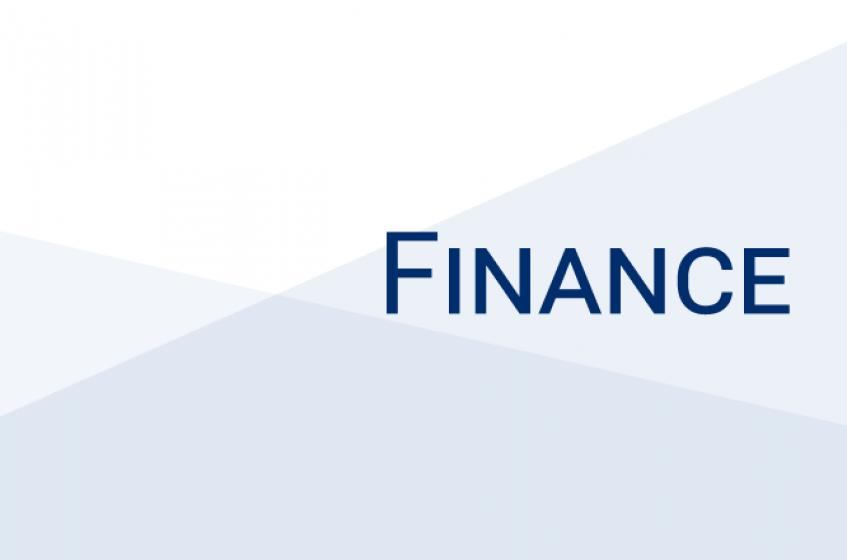
“How do investors perceive the risks from macroeconomic and financial uncertainty? Evidence from 19 option markets” by Professor Stefano Giglio
Stefano Giglio
Yale University
This paper studies the pricing of shocks to implied and realized volatility using options in 19 different markets, covering financials, metals, energies, and agricultural products. The markets are directly related to the state of the macroeconomy and financial markets, and investors can use the options to separately hedge shocks to real uncertainty and to the realization of volatility.
Historically, realized volatility has earned a robustly negative risk premium, indicating that high macroeconomic volatility is associated with high marginal utility. However, models are driven by forward-looking conditional variances, which can be proxied by implied volatility. Over the same period, the cost of hedging shocks to implied volatility in commodity markets has been negative: portfolios with returns that are positively correlated with shocks to implied volatility have earned positive average returns. That result is inconsistent with the view that periods of high uncertainty, as measured by forward-looking implied volatility, are “bad” states of the world with high marginal utility. The result is, however, potentially consistent with models in which uncertainty is high in periods of high innovation.







